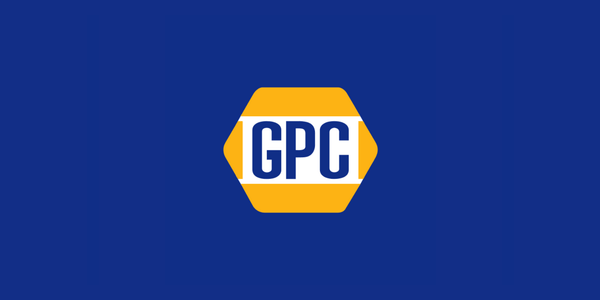Genuine Parts is mainly focused on the supply of spare parts in the automotive sector. But this is not its only activity. It has several other divisions that focus on electronics or office supplies. The stock has mostly sold off recently, which has gotten its price below its intrinsic value. What are the prospects for this long-standing dividend stock?

Founded in 1928, the company's core business is providing replacement parts for automobiles, trucks and other transportation equipment, as well as supplying industrial components that are used in a wide range of applications.
$GPC owns and operates brands such as NAPA Auto Parts, which is a network of automotive parts stores, and Motion Industries, which focuses on industrial components. The company is known for offering quality products and a wide range of branded parts from leading manufacturers.
With a growing global reach, GPC operates in more than 15 countries and has thousands of distribution centers and branches. Genuine Parts…